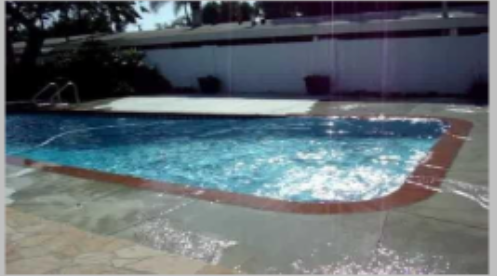Week 1 & 2 - Earth Quake Hazards
1/22
There's no tags or description
Looks like no tags are added yet.
Name | Mastery | Learn | Test | Matching | Spaced |
|---|
No study sessions yet.
23 Terms
Earthquake
(also known as a quake,
tremor or temblor) is the perceptible
shaking of the surface of the Earth,
resulting from the sudden release of
energy in the Earth’s crust that creates
seismic waves. Unusual Movement.
Two plates moves in different directions. They push against each other until they suddenly slip.
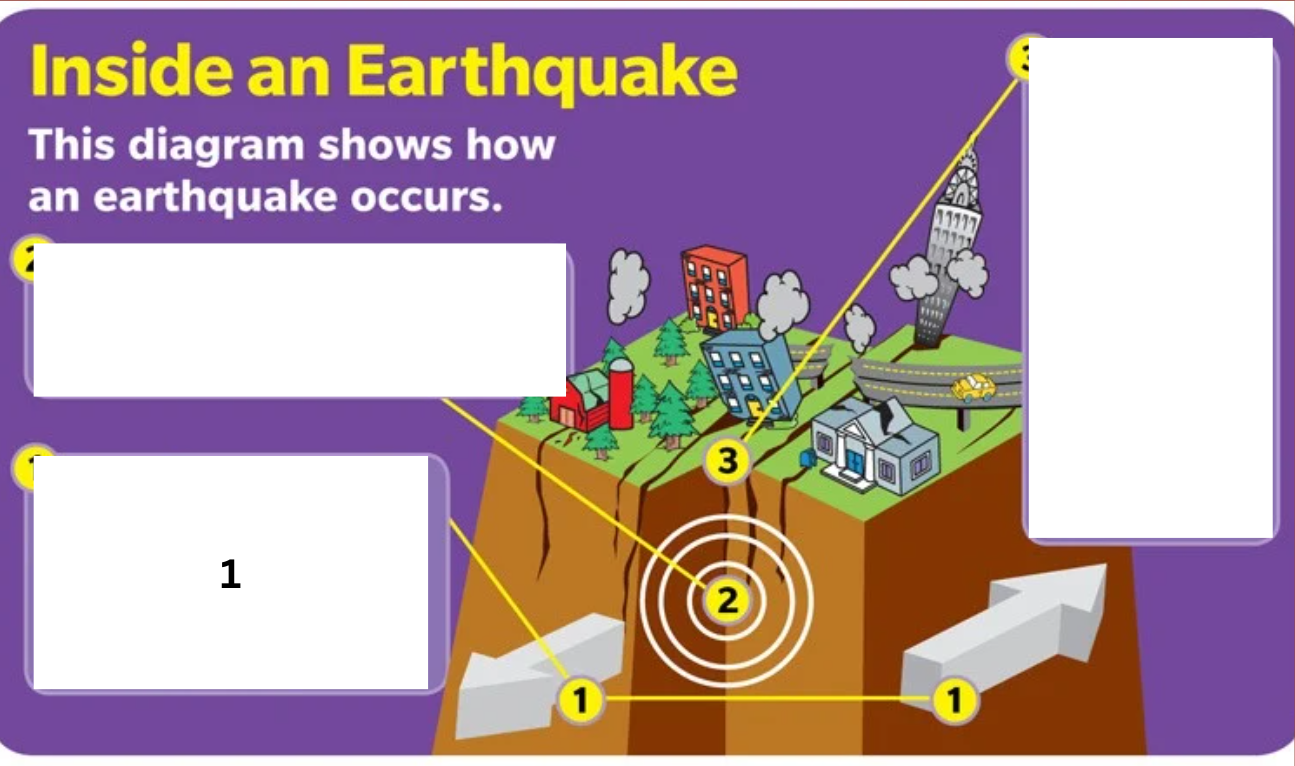
The slip lets out huge waves of energy that travel through the ground and make it shake.
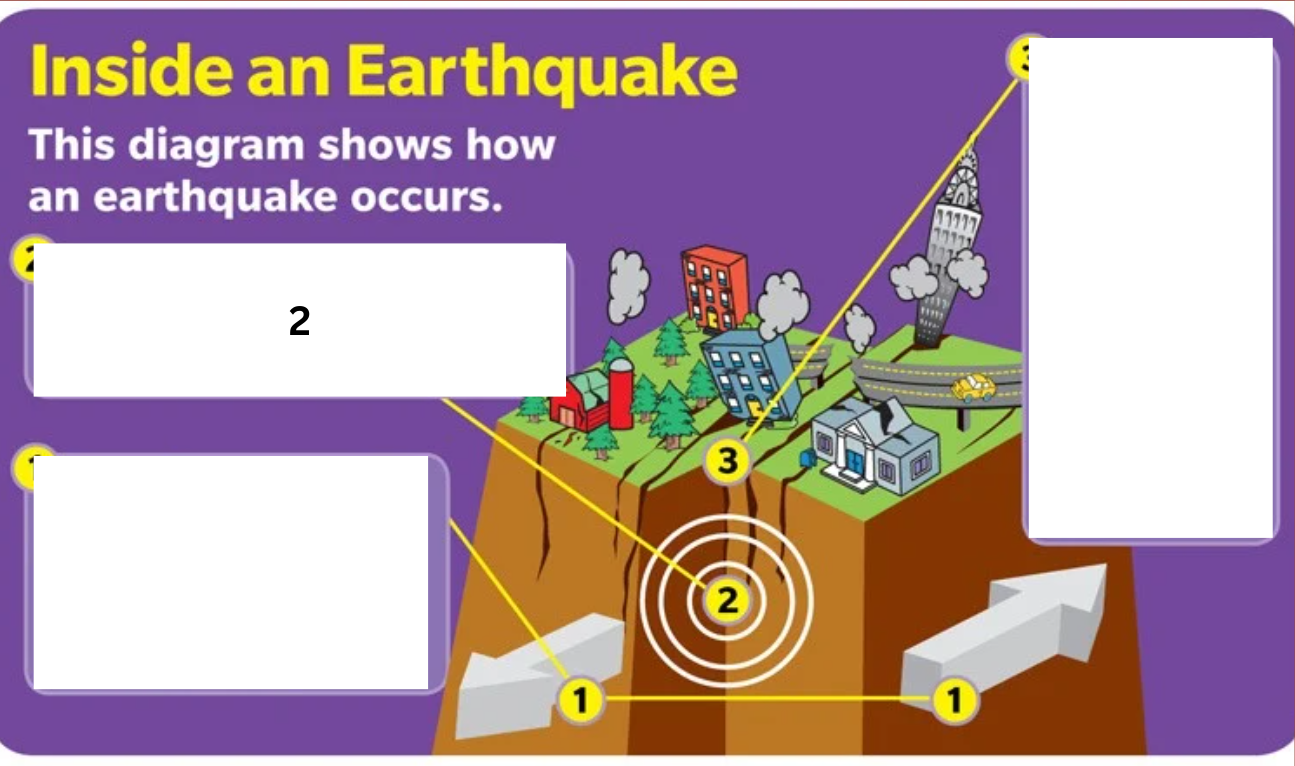
The spot on Earth's surface directly above where the quake occurs is called the epicenter (EP-uh- sehnt-uhr).
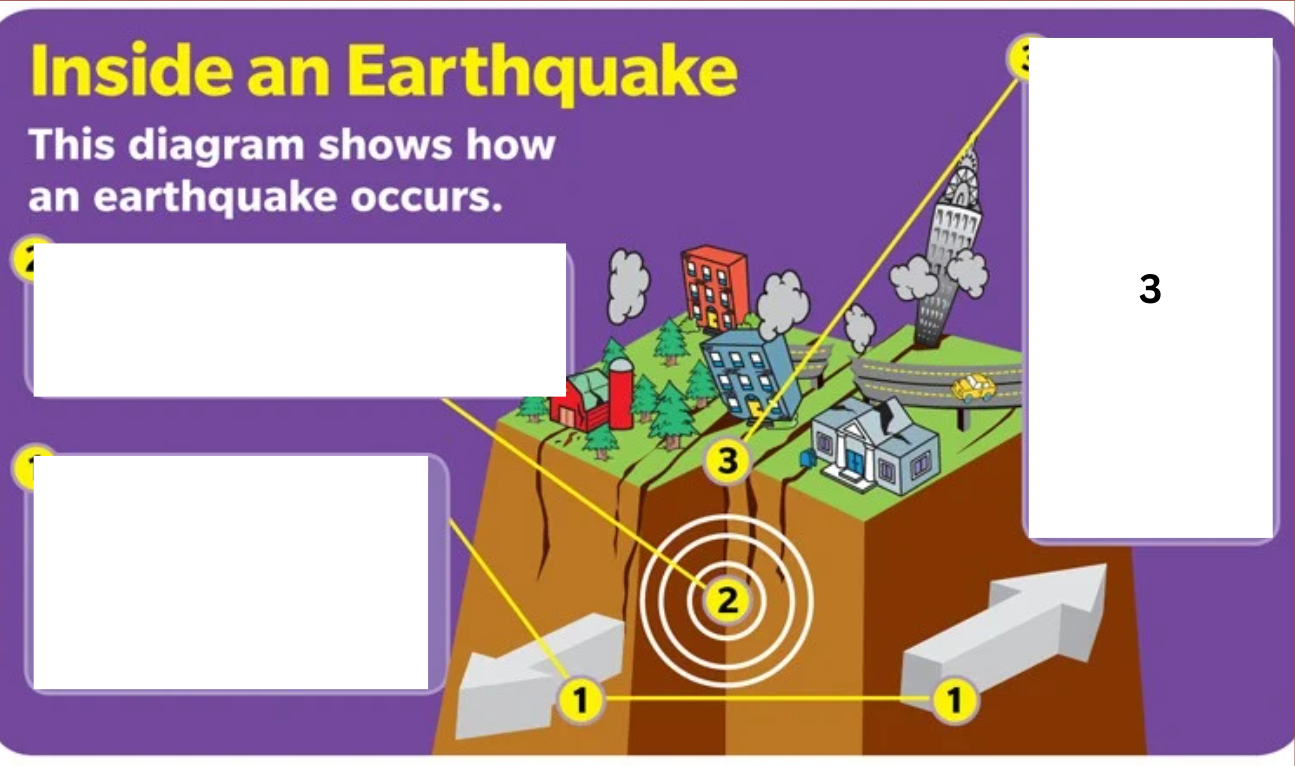
Magnitude
Measures the energy released (Gaano kalakas) at the source of the earthquake. Determined from measurements on seismographs
Intensity
Measures the strength of shaking (Gaano naakpektuhan) produced by the earthquake at a certain location. Determined from effects on people, human structures, and natural environment.
Using Richter scale
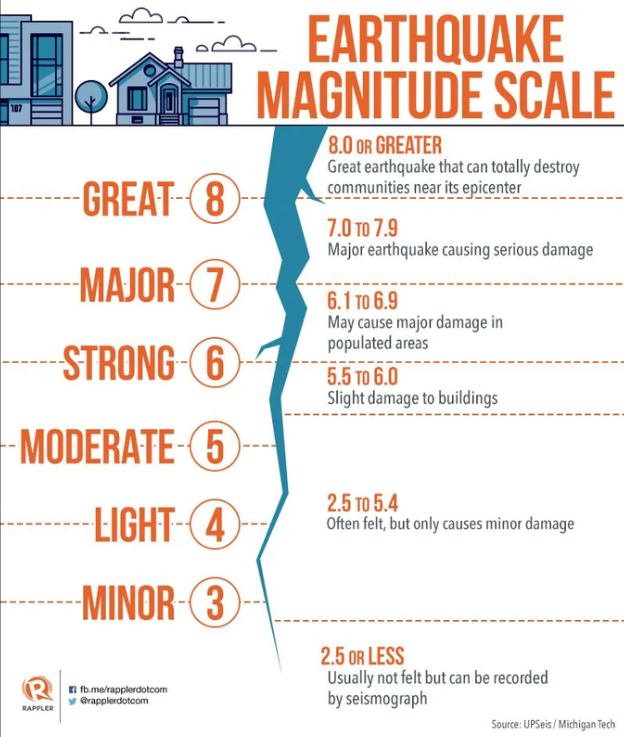
Using Modified Mercalli Intensity (MMI) scale
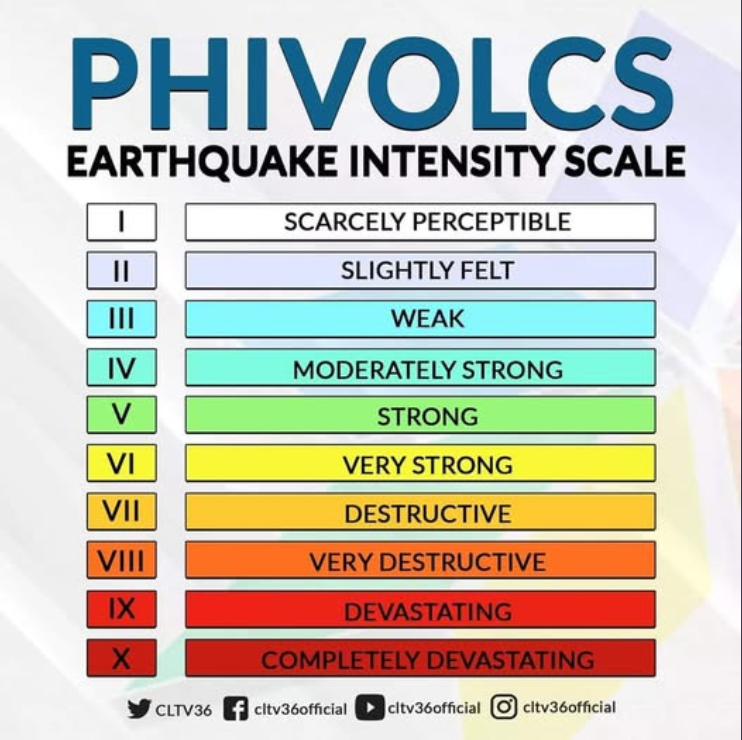
Pacific Ring of Fire
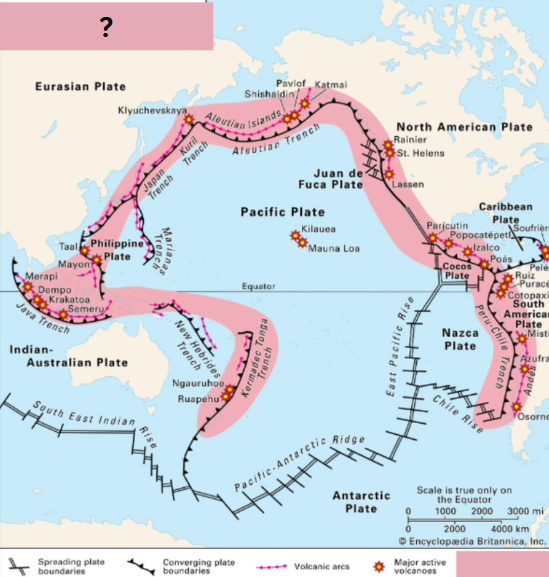
Why does the Pacific Ring of Fire occur
Many tectonic plates meet around the Pacific Ocean. These plates move and collide, causing subduction zones, earthquakes, and volcanic activity.
The Philippines: A Seismically Active Country
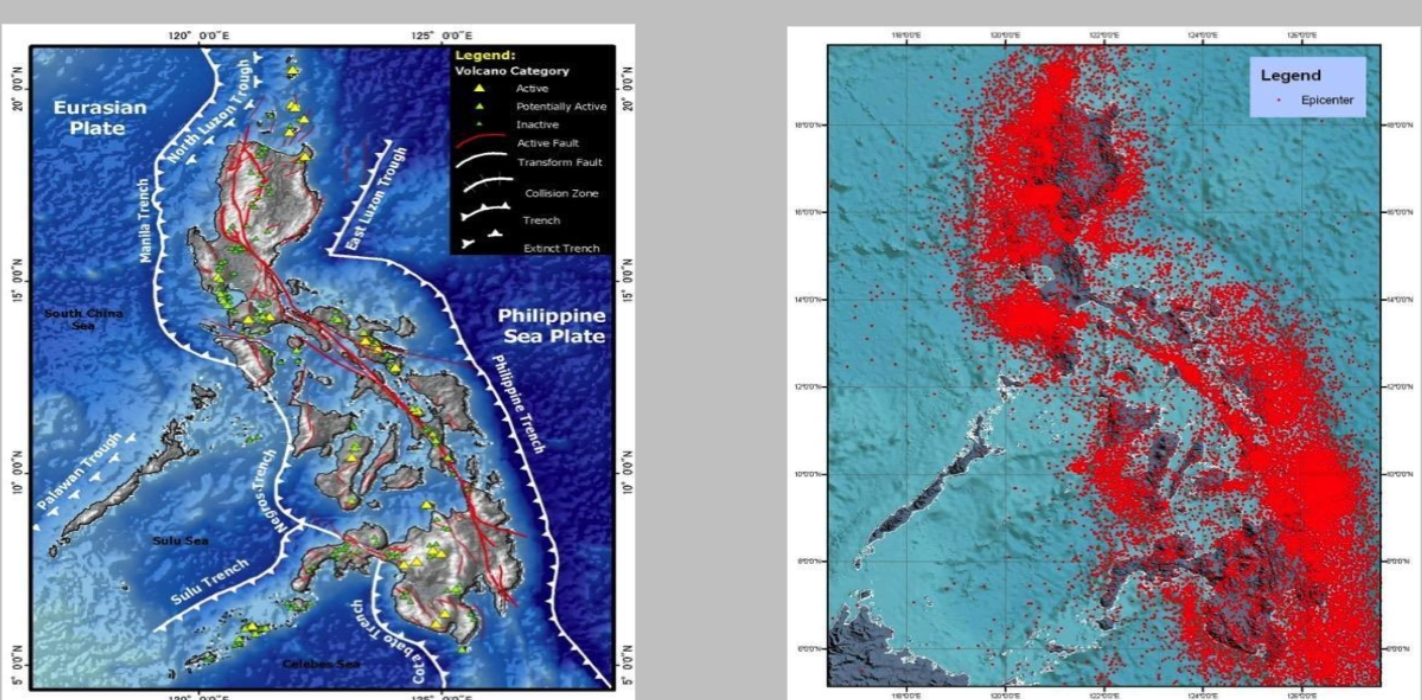
Active faults in the Philippines
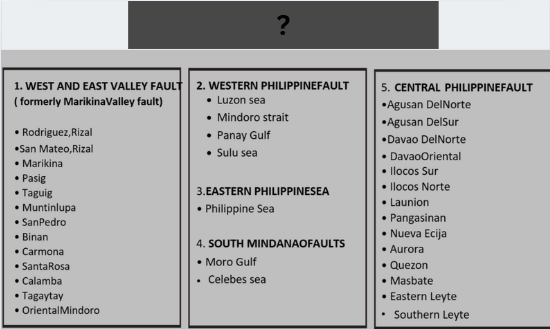
Metro Manila Earthquake Impact Reduction Study (MMIERS)
Conducted by JICA in 2004 revealed that a
7.2 magnitude earthquake in Metro Manila would cause the destruction of
40% of the residential buildings
damage 35% of all public buildings
kill 34,000 people (deaths)
injure 114,000 individuals
Cases injury 600,000
Incidents of fire 500
The study, called the was not commissioned to frighten the residents of Metro Manila; rather, has the following objectives;
1. Evaluate seismic hazards, damages and vulnerability of Metro Manila.
2. Prepare framework of master plan for earthquake disaster management.
West Valley Fault (WVF)
Movement is mainly horizontal. Movement interval is 400 years, last moved in 1658. A large earthquake from this can significantly affect Metro Manila and it’s vicinity and about 7.2 magnitude.
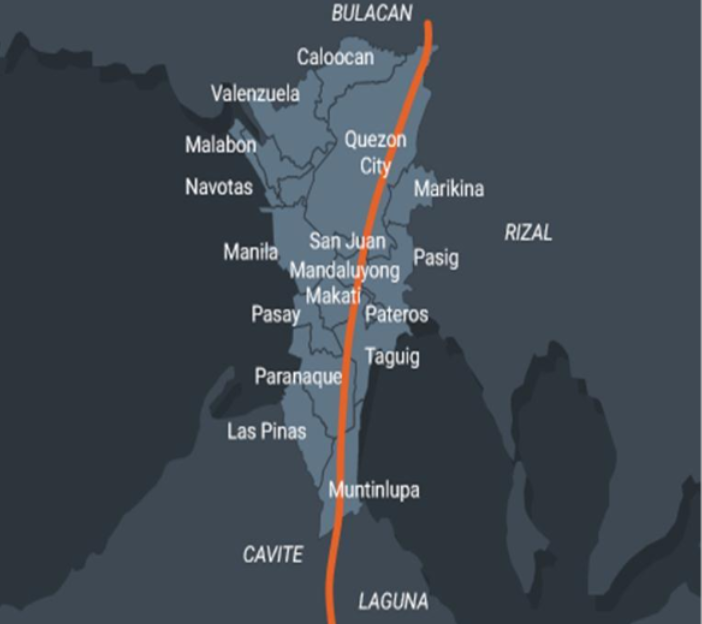
Operation Yakal
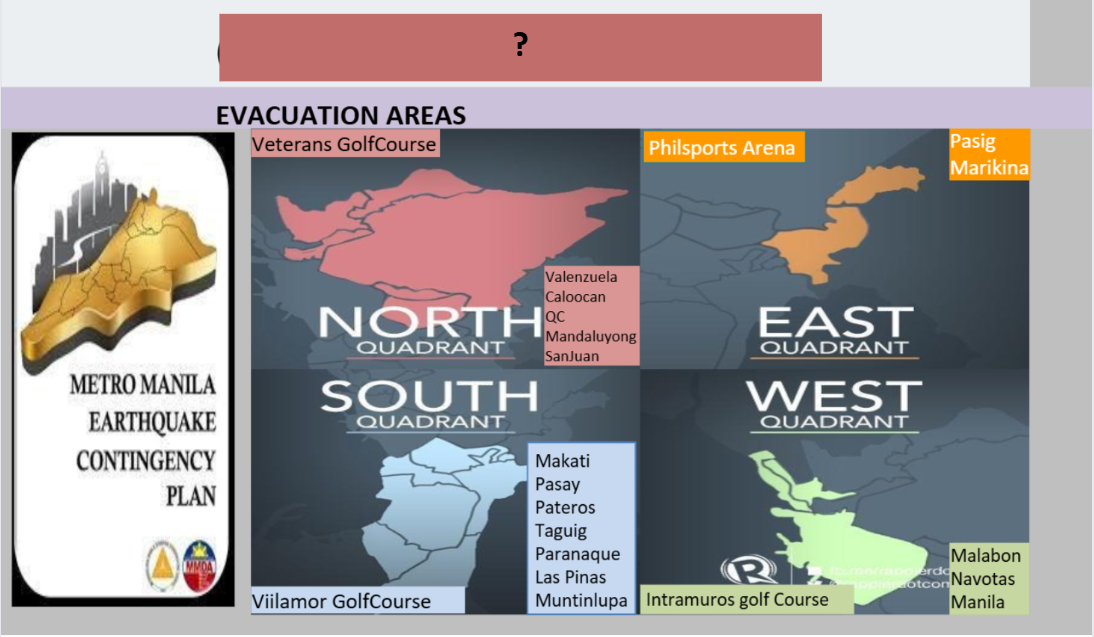
Potential Earthquake Hazard
Geologist explains that an earthquake is
a type of hazard that depends on:
strength of seismic activity
local topographic and built features
subsurface geology and
groundwaterafterschocks
Ground Shaking or Ground Motion
The earth shakes with the passage of earthquake waves, which radiate energy that had been “stored” in stressed rocks, and were released when a fault broke and the rocks slipped to relieve the pent – up stress.
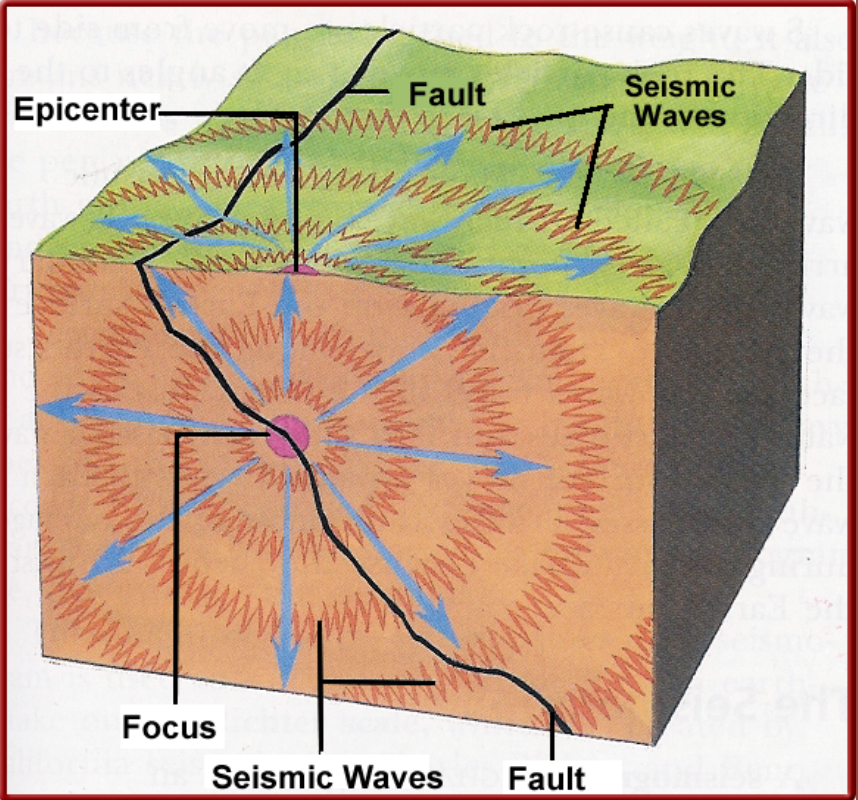
Ground or Surface Rupture
An offset of the ground surface when fault rupture extends to the Earth’s surface. Any structure built across the fault is at risk of being torn apart as the two sides of the fault slip past each other.
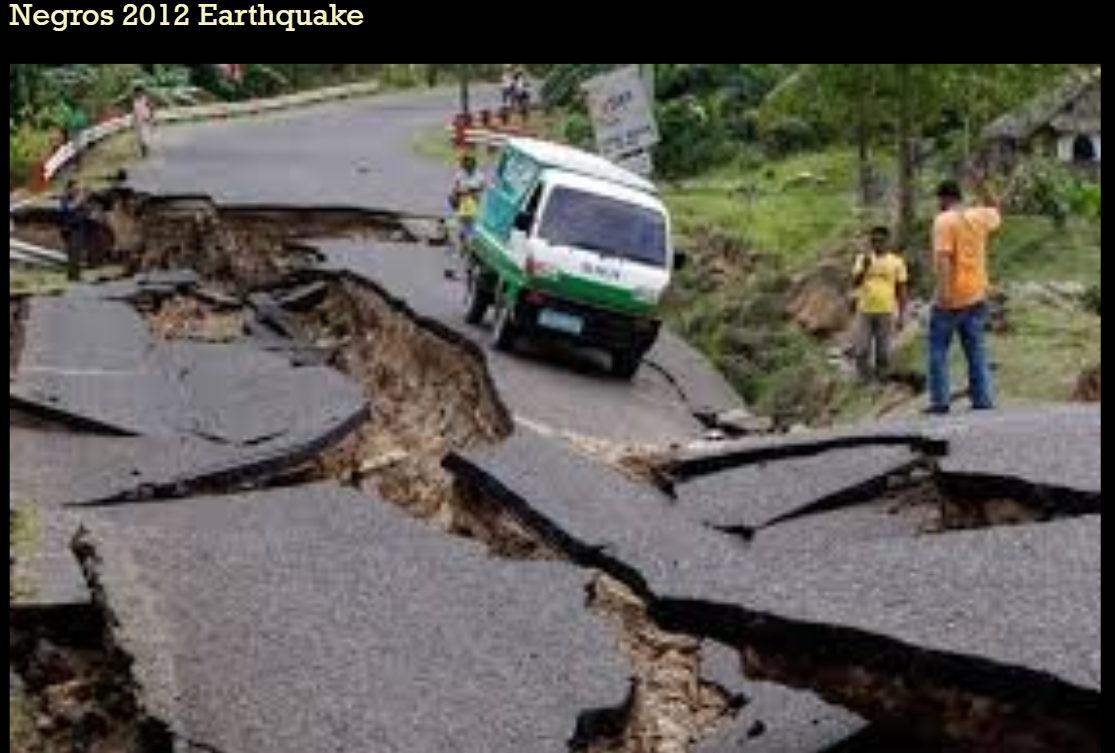
Soil Liquefaction
A phenomenon in which the strength and stiffness of a soil is reduced by earthquake shaking or other rapid loading. It normally occur in saturated soils, that is, soils in which the space between the individual particles is completely filled with water.
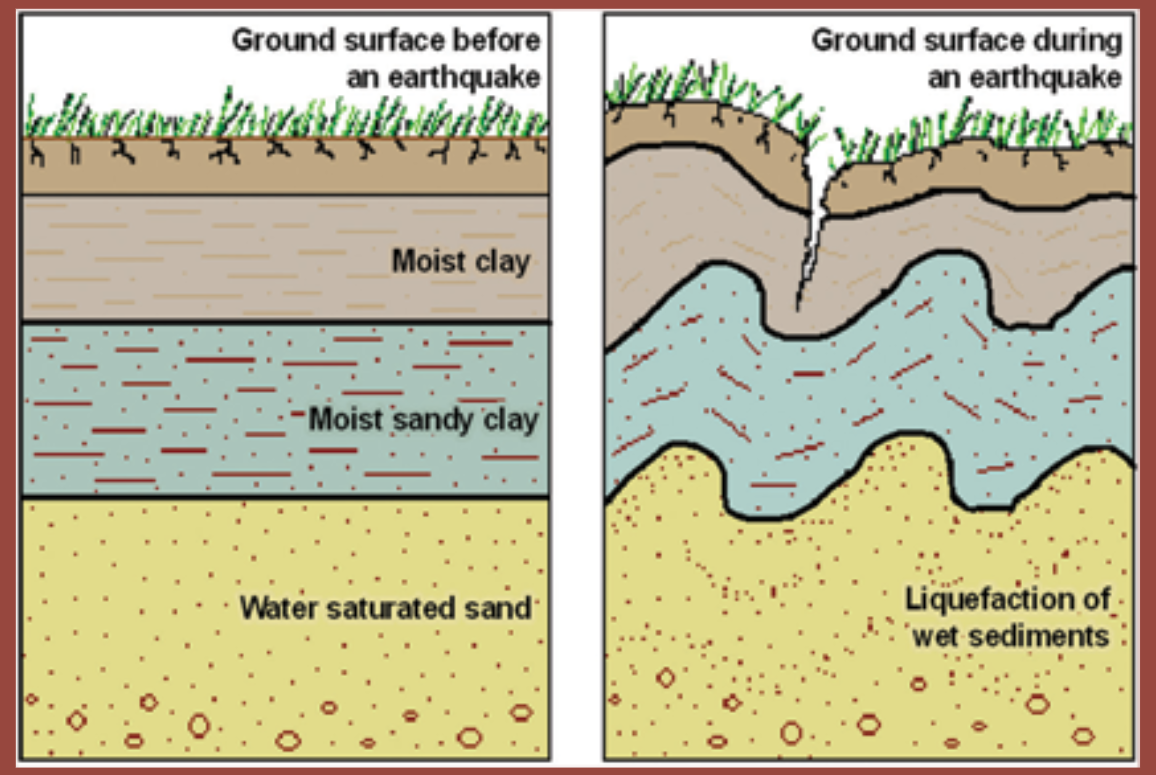
Earthquake – induced ground subsidence and lateral spreading
Subsidence, or lowering of the ground surface, often occurs during earthquakes. This may be due to downward vertical displacement on one side of a fault, and can sometimes affect a huge area of land.
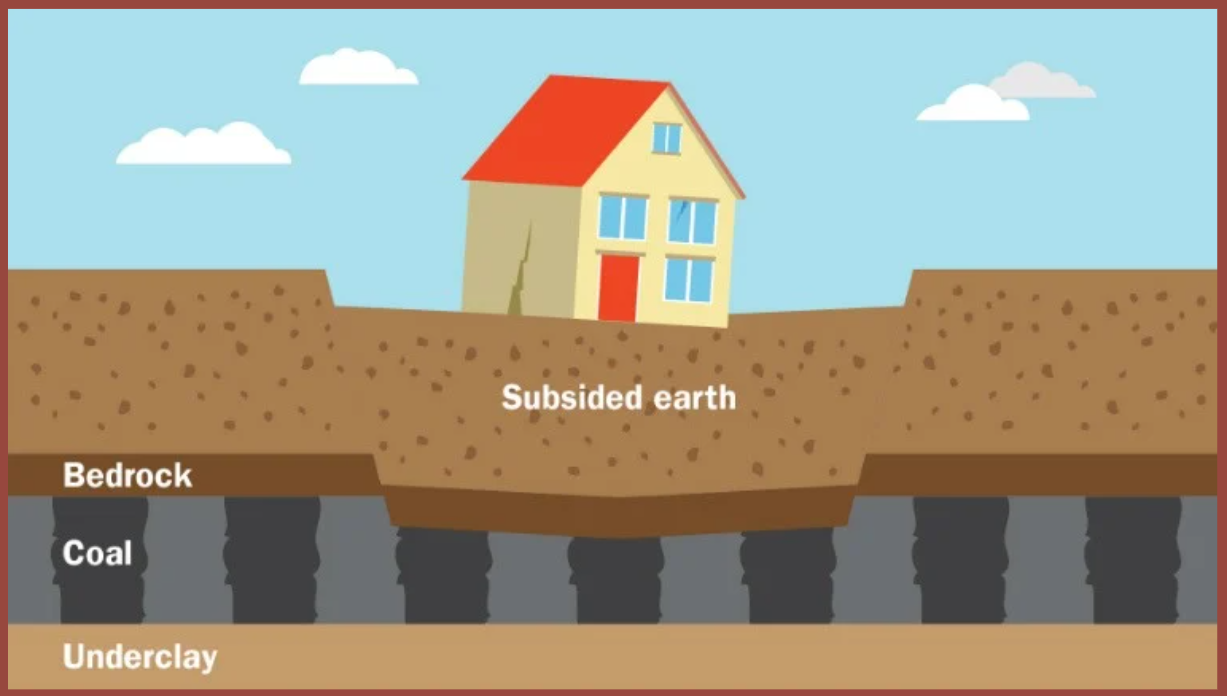
Tsunami
Also known as a seismic sea wave, is a series of waves in a water body caused by the displacement of a large volume of water, generally in an ocean or a large lake.
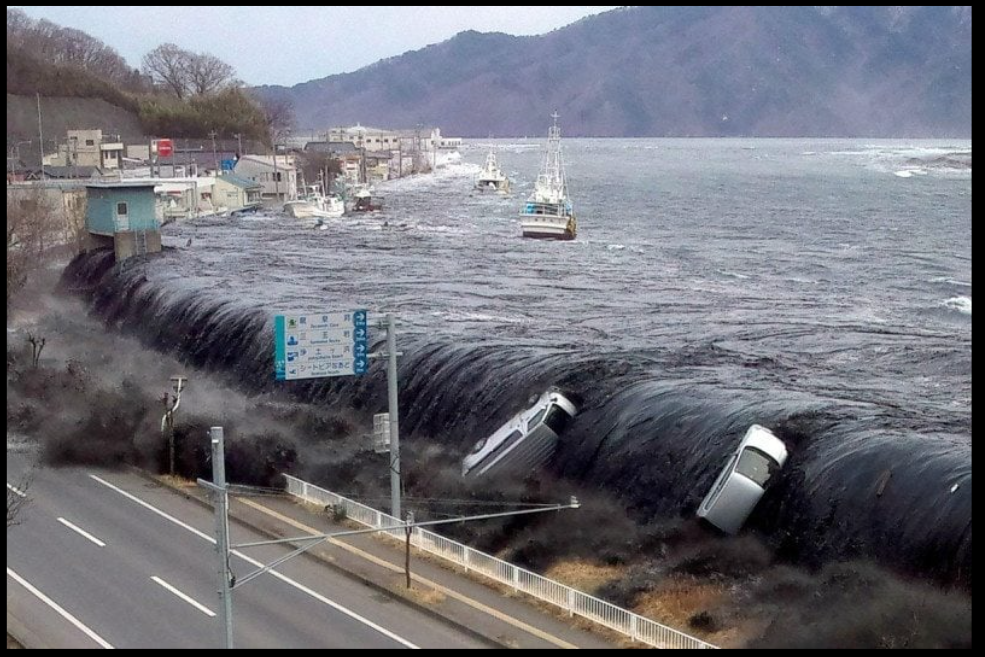
Earthquake – induced landslides
Frequently triggered by strong ground motions. They are important secondary earthquake hazards. Includes a wide range of ground movement, such as rock falls, deep failure of slopes, and shallow debris flows. However, gravity acting on a steep slope is the primary reason.
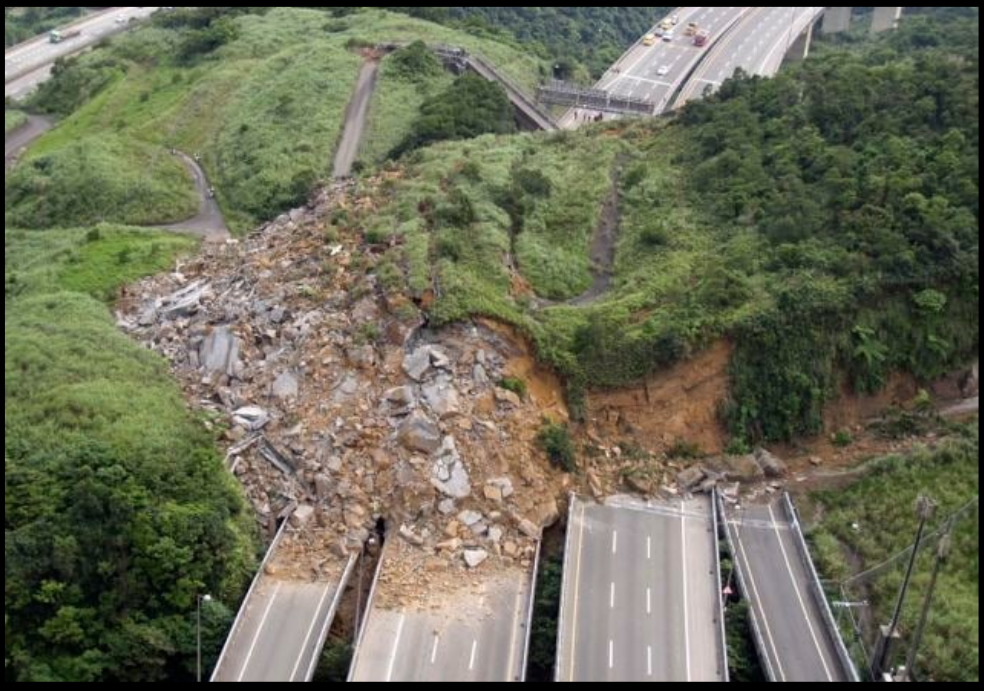
Sieche
A temporary disturbance or oscillation in the
water level of a lake or partially enclosed body of water.
